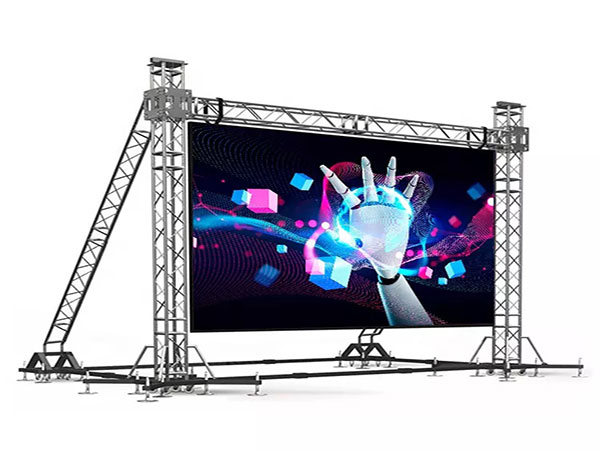Exploring the Key Elements That Affect Color Uniformity in LED Panel Screens for Optimal Display Output
Exploring the Key Elements That Affect Color Uniformity in LED Panel Screens for Optimal Display Output
Blog Article
Color uniformity in LED wall screens is essential for achieving optimal optical performance. light-emitting diode wall screens are widely used in various settings, including musical events, meetings, and advertising showcases. When the colors on these panels are uniform, they create a more captivating and immersive encounter for audiences. Several key factors affect color uniformity, including the caliber of the LED elements, calibration procedures, and surrounding factors.
The quality of the light-emitting diode elements plays a significant role in hue consistency. Different types of LEDs emit light at different wavelengths, which can influence the total hue output. Premium LEDs are designed to generate a more consistent light range, leading in better color precision. Additionally, the production process of these light-emitting diodes can impact their performance. Screens made with high-grade materials and technology tend to have less color differences, guaranteeing that the displayed pictures and videos look vibrant and true to life.
Calibration is another crucial element in maintaining hue uniformity in LED wall panels. Tuning involves modifying the settings of the panel to ensure that the colors displayed match the intended appearance. This process can consist of fine-tuning brightness, differentiation, and hue balance. Regular calibration is essential, especially in environments where illumination factors change frequently. By tuning the panels, specialists can correct any discrepancies in hue result, leading to a more uniform viewing encounter.
Surrounding conditions also affect hue consistency in LED wall screens. Factors such as surrounding light, heat, and humidity can influence how hues are seen. For instance, bright ambient light can dull hues, making them look less lively. Similarly, harsh temperatures can affect the functionality of the LEDs, leading to hue changes. To reduce these issues, it is essential to install light-emitting diode wall screens in managed environments where lighting and heat can be managed effectively.
Lastly, the layout and layout of the LED wall panels can affect hue uniformity. The configuration of the panels, as well as the distance from which they are viewed, can create differences in color recognition. When screens are arranged too distant apart or at different angles, audiences continue reading this may detect discrepancies in hue. To achieve the best visual performance, it is important to take into account the positioning and arrangement of the panels during installation. By tackling these factors, operators can ensure that their LED wall panels deliver a uniform and high-quality optical encounter.